
23 Black-owned Agencies you Need to be Following
Black History Month is a time to celebrate the achievements, accomplishments, and roles African Americans and Black people have had in history. It’s a time to learn, grow, and most importantly lift up and share these important stories and businesses.
There are hundreds of thousands of agencies out there, but we gathered some of the best Black-owned agencies and freelancers that are producing amazing work, establishing meaningful partnerships, and leaving their mark on the world. Take a few minutes to learn more about these agencies, about their founders and owners, and share with your own network!
Marketing Guardians
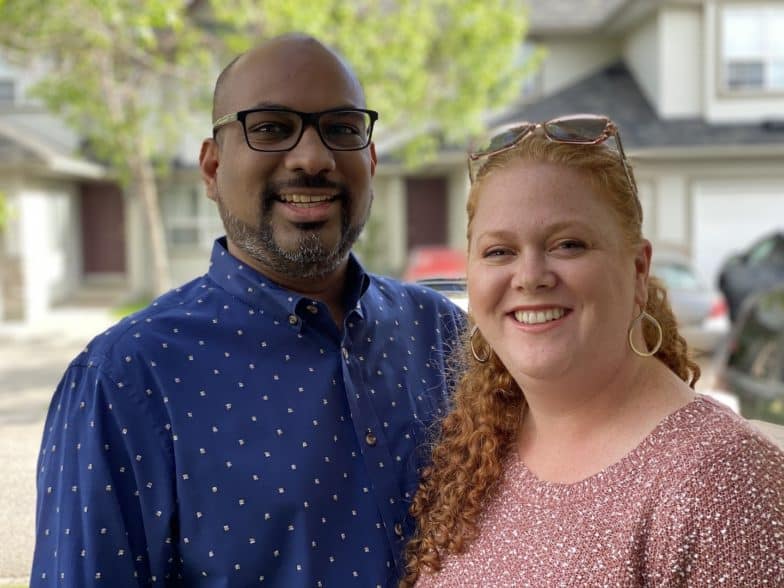
Marketing Guardians is a subscription-based, full-service strategic marketing, creative agency that specializes in using the power of story to help your company grow. They focus on helping businesses clarify their message and build the right marketing pieces. Marketing Guardians is owned by Stephen and Melissa Ramkissoon.
Klever Digital
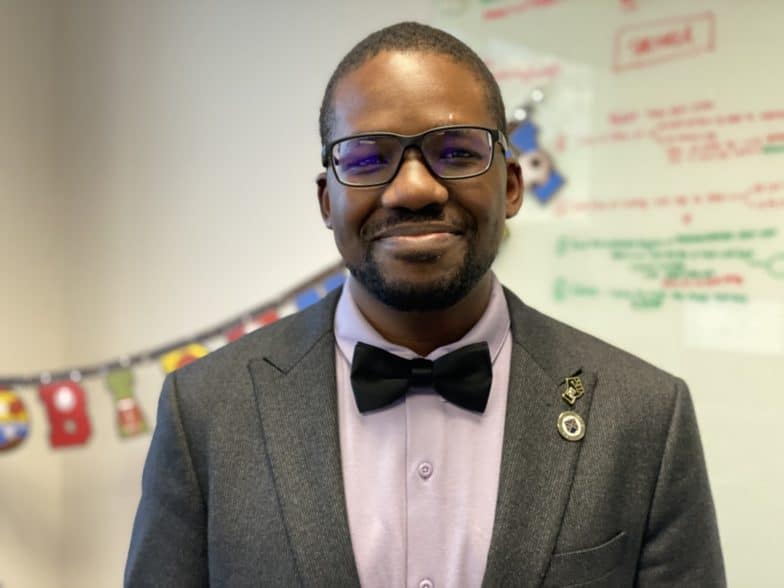
Klever Digital specializes in web design, digital advertising, lead generation, and marketing consulting. The team applies its wide-ranging experience to determining the strategies that will best enable its clients to achieve clear, long-term objectives. Klever Digital was founded by Jacovia Cartwright.
amaraREPS

AmaraREPS helps clients get in front of their ideal customers using content marketing and the latest technologies to generate leads predictably, consistently, and in a scalable way. They use strategy and technology to hand off qualified leads generated by marketing to internal sales teams, as well as providing content, tools, and information to help facilitate closing business. AmaraREPS was founded by Amara Omoregie over 10 years ago.
Ekaete Inyang

Ekaete Inyang offers website design, development, online marketing, social media management, website management, and hosting. Founded by Ekaete Inyang, the agency will work with you to define a vision and strategy to take your business to the next level and be there with you the entire time.
Jimmy Newson Consulting
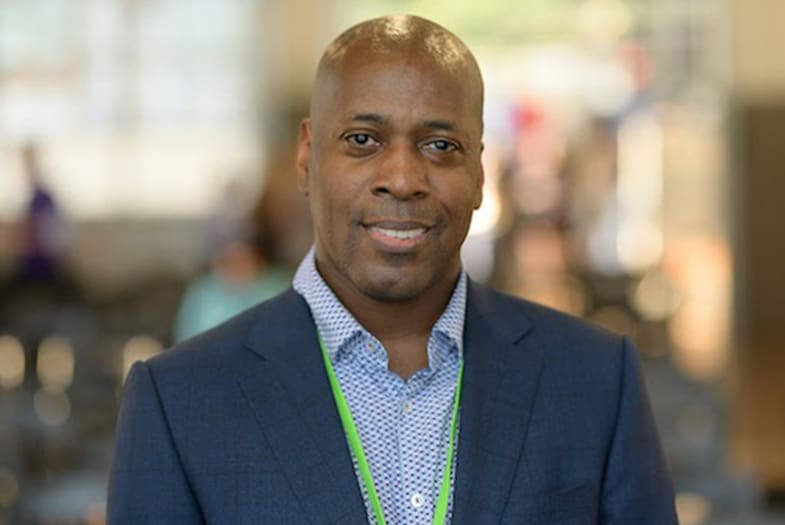
Jimmy Newson Consulting helps clients with strategy, planning, and problem-solving. The topics can include creating a new business model, updating processes and hiring, creating a new marketing plan, and determining what tools and techniques are best for execution. The company was founded by Jimmy Newson, an industry leader that’s worked with large national brands such as Microsoft and AT&T.
Demonstr8d

Demonstr8d is a boutique digital agency focused on crafting unique digital experiences for large and small businesses. They are constantly exploring new technologies and evolving their existing offerings to best meet their clients’ needs and exceed expectations. The agency was founded by Toure Jones.
Riddick Agency
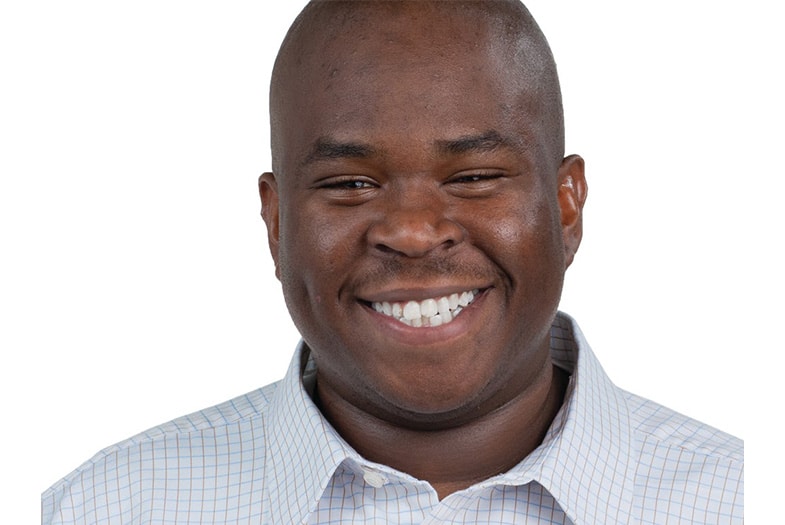
Riddick Agency is the partner that you can trust to deliver results and establish your brand in the marketplace. They have a ton of expertise to share and will work with you to discover and extract the essence of what makes your business remarkable. From there, they’ll strategize marketing efforts that convert into exceptional brand experiences for their customers. The agency was founded by Lawrence Riddick.
Liberte Tech

Liberte Tech is a full-service remote agency and their team of experts creates beautiful, user-friendly digital experiences for your business. They work with clients as product partners, supporting them proactively throughout the journey from idea to launching a product and scaling it. Liberte Tech was founded by Chris Liberte a few years ago.
Your Dream Worked

Your Dream Worked is a social impact agency that specializes in creating digital ecosystems that help serve a global need. They strategically partner with purpose-driven companies, nonprofits, and organizations to help with branding, web development, and design, creating learning environments for aspiring entrepreneurs and creatives. Your Dream Worked was founded by Nicole Hawthorne.
Karmen Kendrick Creative

The Karmen Kendrick Creative agency focuses on three things: WordPress support, website design, and support concierge services. Years ago, they discovered that you can build a beautiful WordPress website, but maintaining it is a real need in the industry. They decided to become the solution by helping business owners manage and support their WordPress websites. The agency was founded by Karmen Kendrick.
EraBright

EraBright is a boutique digital marketing agency devoted to connecting businesses with their target audience to increase awareness, sales, and brand loyalty. Their approach to customer service is family-oriented; they’re always available when you need them and always happy to chat with you. Era Bright was founded by Jamichael Mitchell.
Narratent

Narratent is an agency that offers creative performance and strategic solutions for your business, from website design to search engine optimization to social media marketing; they do it all. The agency is owned by Desmon Walker (left) and Allen Shelton (right).
Goldiata

Goldiata Creative is a Black-owned business and marketing agency that provides the full suite of digital marketing services like website development, email campaigns, social media, paid advertisements, search engine optimization, and more. They’re passionate about listening to clients, uncovering what makes them unique, then turning that into ROI. Goliata is owned by Brian Taylor.
Black Creative Group

Black Creative Group is a marketing agency founded in an effort to empower your small business with a full range of marketing and advertising services. They are determined to provide you with a return that is greater than your initial investment. The agency was founded by Mike Utaegbulam.
Riot Customs

Riot Customs helps designers like you kick butt on the internet by building fast, reliable, secure, and easy to use WordPress themes for your clients. They focus on building WordPress themes for the Genesis Framework, offering maintenance and support, and software knowledge. The agency is owned by Katrina Martin.
Cardigan

At Cardigan, you’ll work with experts in branding and internal communications. They focus on achieving excellent results, being their authentic selves, anticipating your needs, and having fun while doing all of it. Harold Hardaway is the CEO of Cardigan.
SerpAlliance

SerpAlliance’s mission is to position your company to be a strong contender in today’s rapidly evolving digital landscape. How? By using their skills and experience to expand your company’s online presence, strengthen your brand, and increase your visitor engagement through a multifaceted digital-centric approach. SerpAlliance was founded by Dariaus Philson.
Hey Helen Designs

This agency focuses on creating intentional and strategic websites for creative side hustling female service providers who want to focus on their passion, purpose, and profitability. They firmly believe that the first impression is everything—and that includes your website! Hey Helen Designs is owned by Helen McDonald.
TWK Web and Print Design

TWK Web and Print Design helps you clearly define your visual business to your audience. They’ll guide you to a clear solution and save you time and money. Whether working in WordPress for your website, enhancing your marketing collateral, detailing a consistent marketing identity, or transforming your social media, with TWK Web and Print Design you get intimate and collaborative customized solutions that help you make a statement online. The agency is owned by Tumikia Watu-Khuthaza.
Prolific Xpressionz
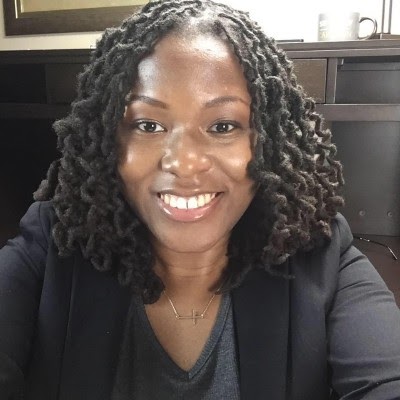
Prolific Xpressionz helps entrepreneurs grow their business with web design that converts sales. They provide top-rated web design, website management, and logo design that strengthen online presence, brand identity, and customer acquisition. The agency was founded in 2014 by Charlene Bond.
Rachel Winchester Product Design

Rachel Winchester is a Product Designer focused on elevating the arts and cultural industries. Her passion for art drives her to create digital products that can advance the entire industry, particularly artists themselves. As a freelancer, she enjoys working one-on-one with artists, entrepreneurs, and academics to help them realize their goals and solve their problems.
Clarabela Media

Clarabela Media provides copywriting, social media and blogging services. They specialize in hyperlocal businesses, focusing on the hospitality and entertainment industries. The agency is owned by Clara Mathews.
Firefly Web Services
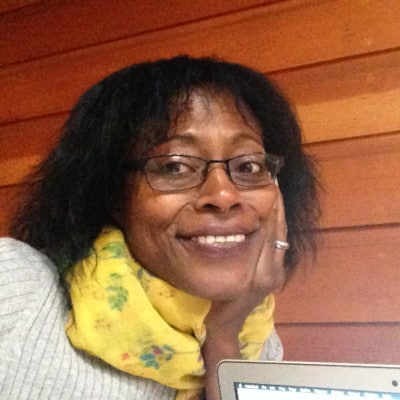
Firefly Web Services is owned by Felicia Betancourt. She often collaborates with designers, user experience gurus, project managers and other experts on larger-scale projects. Felicia’s work can be found on Twitter, GitHub and CodePen.
A huge round of applause for these stunning agency owners and freelancers making waves in the water! All of these awesome designers, developers, and entrepreneurs are using the power of WordPress to build bright futures.
